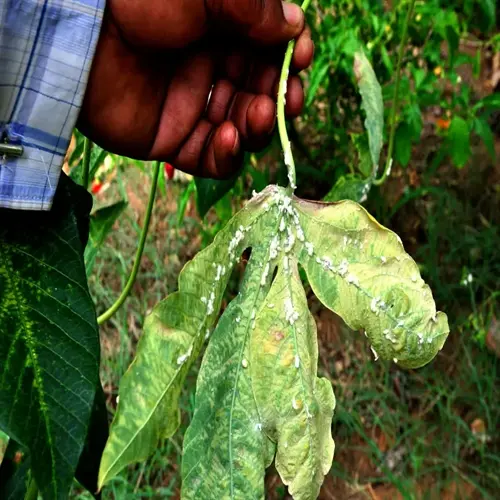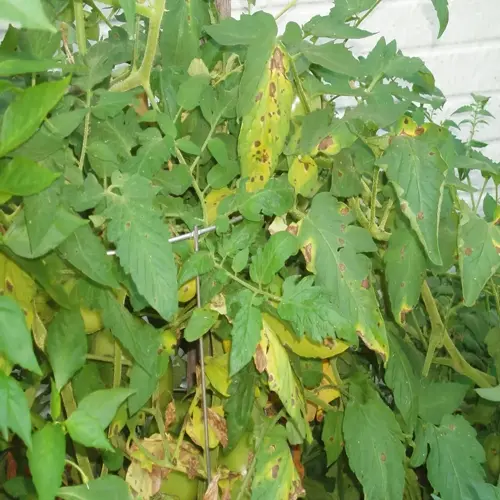Should I discard soil after root rot?

Written by
Nguyen Minh
Reviewed by
Prof. Samuel Fitzgerald, Ph.D.After root rot, it is usually advisable to discard the soil, as it is often contaminated with associated fungal pathogens. This was a lesson I learned after losing plants to reinfection time and again. There are methods to sterilize soil so that it can be reused, but these methods must be followed closely and precisely. A fresh, sterile soil mix is completely risk-free and enables plants to recover healthily.
Complete Replacement
- Always discard soil from severely infected plants. Pathogens like Pythium persist for years. I use fresh commercial potting mix for critical recoveries. This guarantees no lingering spores attack vulnerable new roots during recovery.
Sterilization Techniques
- Bake soil at 180°F (82°C) for 30 minutes or solarize in sealed bags for 6 weeks. Both methods kill pathogens but leave soil structure intact. I add 30% perlite after sterilization to restore drainage and aeration.
Amendment Strategy
- Mix sterilized soil 50/50 with new potting mix and add drainage boosters. Horticultural charcoal absorbs toxins while perlite prevents compaction. My reused blend includes these amendments plus slow release fertilizer to support plant recovery.
Before making a decision, consider the severity of the infection; mild infections justify sterilization, while advanced rot necessitates disposal. As a general rule, I do not use soil from a plant that has lost more than 50% of its roots. The following table provides additional guidance to inform your decision, based on specific circumstances.
Even when throwing away soil, sterilizing pots is mandatory. Scrub with soap and water, then soak for 10 minutes in a 10% bleach solution. I use separate plant pots for recovered specimens to prevent possible cross-contamination.
Using soil again necessitates the addition of nutrients after sterilization. Heat treatment kills beneficial microbes. I use compost tea and mycorrhizal inoculants when reusing soil. This way, it rebuilds the microbial ecosystem, which plants need for nutrient uptake.
Safety measures are important when it comes to soil handling. When dealing with infected soil, always use gloves and a mask when handling any soil. I work outdoors, so I am not concerned about inhaling dust. Bag contaminated soil tightly before disposal to avoid pathogens from traveling to other plants.
Successful soil management will show healthy new growth. In a properly treated area, the plant will show strong roots in three weeks. I successfully increased the development of my peace lilies after replacing the soil, demonstrating that the method works as long as it is done correctly.
Read the full article: How to Treat Root Rot: A Complete Guide

